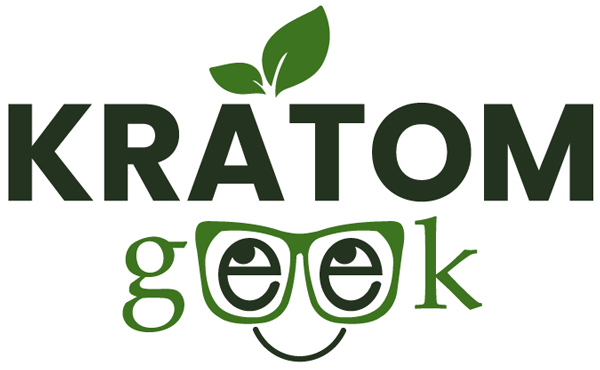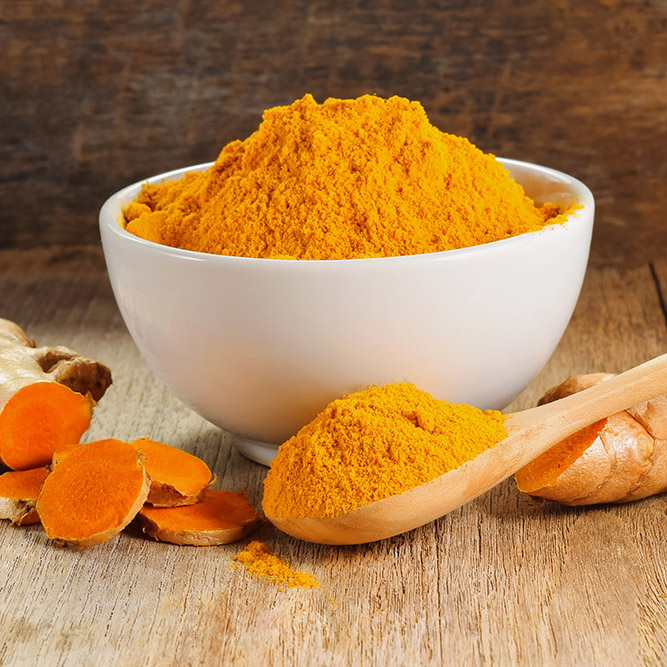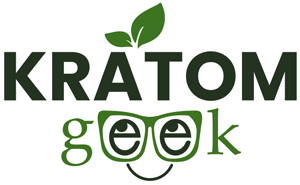There are two primary alkaloids found in kratom that alleviate symptoms of specific conditions. Some of those ailments include pain, mental anguish, and a lack of sleep. So people potentiate kratom to combat those issues. However, like any beneficial compounds found in nature, tolerance becomes an issue after using the substance for long periods. To contend with those undesired effects, kratom consumers take breaks from using it. If not, they’ll have to continuously use a higher dosage to get the same results. But some people with chronic conditions don’t have that liberty. They use kratom as an alternative remedy. And fortunately for those people, there is another way to increase alkaloid activity from kratom instead of stopping its usage. Kratom users can use a kratom potentiator to boost some of kratom’s effects.
In clinical terminology, a potentiator is a chemical agent that makes another compound more effective. So a synergistic reaction happens between the two substances and enhances the activity of one or both. With compounds that produce a therapeutic response, the potentiation should increase the overall desired outcome. Therefore, specific kratom potentiators make the euphoric effects from ingesting kratom products perceived more dominantly. Likewise, there are instances where kratom can potentiate the other substance, too.
So today, we’re going to talk about the top five botanicals that can potentiate kratom.
Turmeric
Turmeric potentiates kratom by slowing down the metabolization rates of specific enzymes associated with breaking down kratom in our digestive system. So it makes the kratom effects last longer. But there are other reasons to add turmeric to your kratom, too. Several molecular compounds in turmeric are excellent for your health as well. And the active ingredients found in the spice are a group of polyphenol compounds called curcuminoids. The curcuminoid that’s responsible for turmeric’s bright yellow color is curcumin. And curcumin is healthy for you to take. Some research shows evidence that turmeric helps to stave off viral infections, lower cholesterol, and help mitigate arthritis pain. Still, the spice shows potential in neurological complications, too.
The Brain-Derived Neurotrophic Factor (BDNF) is a molecule that relates to memory and promotes learning in individuals. But changes in the BDNF expression are indicators for mental disorders and aging. That means a lack of those molecules could be symptomatic to patients with Alzheimer’s or those prone to severe depressive states. However, there are scientific studies that suggest there is a linkage between using curcumin and having an increase in BDNF in the hippocampal regions of the brain. And that’s similar to research conducted showing kratom shows promise in treating depression and other mental health issues. So, besides the fact that combining the substances potentiates one another, both products also could boost your mood and cerebral performance. Plus, science indicates that they may reduce the risk of neurodegenerative complications as we age.
Cat’s Claw
The next botanical compound that works to potentiate kratom on our list is cat’s claw. It’s a vine that grows in the tropical jungles of Central and South America. And the plant gets its name from the claw-shaped thorns that grow on it. But mixing cat’s claw with kratom does nothing to prolong or strengthen the kratom effects. Instead, the plant produces an alkaloid called rhynchophylline that works alongside kratom to curtail some common negative side effects. Scientific research shows the alkaloid works to curb lightheadedness in subjects. And for individuals that get dizzy whenever they take a bit too much kratom in a single dosage, the compound would alleviate some of their complications. So mixing cat’s claw with kratom extracts would be beneficial for people that have never tried them before. Lots of consumers get a headrush whenever they use an extract derived from kratom for the first time.
But cat’s claw has other uses, too. It gets sold as a dietary supplement for a vast array of inflictions. Some of them include viral infections, boosting the immune system, osteoarthritis, and gastrointestinal complications. But the supplement also has antioxidant properties. And that works to eliminate free radicals that damage skin cells. Likewise, kratom has anti-bacterial properties that make it a beneficial herb to use for a skin regimen. So the two botanicals work hand in hand.
Acidic Bases
One way to potentiate kratom is to mix the crushed leaf with an acidic base before ingesting it. And you can practically use any acidic liquid that’s digestible. Citrus fruits, a spoonful of vinegar, and other acidic beverages can potentiate kratom. All you must do is add it to your kratom and let it sit for 15-30 minutes. Then afterward, you can take the kratom to feel superior kratom effects much sooner. And there is a reason the acids from those substances make the kratom hit you quicker. The acidic nature of those products breaks down kratom molecules before you ingest them. So your stomach no longer has to digest the plant material to make the alkaloids readily available to your body. And that allows those compounds to enter your bloodstream in less time.
The longer you let the kratom product sit in the acidic substance, the more potentiation effects you’ll feel after taking the kratom. Kratom can cause dehydration after you take it. So I recommend using orange juice to mix with your kratom. That way, you replenish some of the liquids and stay hydrated. Plus, if you’re using acidic fruit juices, they also provide you with lots of nutrients and vitamins to give you energy throughout the day. In that case, it’s a win-win scenario.
Chamomile
Another wonderful potentiator of kratom is chamomile. The herb is a crushed-up dried flower that looks eerily like a daisy flower. And its effects come from the numerous flavonoids and terpenoids found inside the plant. As a kratom potentiator, chamomile complements the sedative effects of kratom. Like kratom, chamomile also gets used as a sleep aid. The reason is that some of the compounds found in the herb react in our brains and exhibit benzodiazepine-like activity. So it’s best to mix the two agents at night before bed. And when you blend the two supplements for sleep, the effects are more noticeable when you use a slow-acting variety of kratom.
Chamomile tea possesses both anti-inflammatory and antispasmodic properties. In that case, chamomile is useful for treating premenstrual syndrome (PMS) that women suffer through. And lots of women with PMS endure additional pain complications as symptoms. And the pain can be unbearable at times. Plus, the discomfort can affect their entire body. Their breasts, abdomen, muscles, and back are all common areas where the pain can strike. So, combining chamomile with kratom can help those women, too. Scientific studies suggest the kratom works to alleviate pain in test subjects. Therefore, using both substances together would considerably improve the conditions of any woman experiencing PMS. Therefore, the two botanical substances create the perfect pair of supplements when combined, potentiating each other to alleviate multiple health issues.
Caffeine
One of the reasons people use kratom is for the stimulating effects the supplement can have when used in small to moderate dosages. The alkaloids in kratom react with the adrenergic receptors in our brains. Specific neurotransmitters, like epinephrine and norepinephrine, stimulate the adrenergic receptors. But mitragynine, the primary alkaloid found in kratom, also stimulates those receptors. And that produces adrenaline throughout the body, giving kratom users a bolt of energy when it happens. The same thing happens whenever we drink coffee in the morning. And coffee comes from the coffee plant.
The coffee plant produces a sweet berry. Inside the cherry is a pit. That seed is sold as a coffee bean once it’s dried and roasted. The bean contains an alkaloid called caffeine. So the dry roasting technique allows us to leech the caffeine from the seed in boiling water to benefit from its stimulating properties. You see, caffeine blocks the adenosine receptors in our brain. And adenosine operates as a primary mediator of sleep hemostasis. So, when caffeine blocks the neurotransmitter from binding with its receptors, a feeling of increased energy surges throughout the body of a coffee drinker.
That means caffeine can potentiate the energetic effects that kratom produces. Mixing the two together boosts your energy much more than using one of them alone. But you would want to combine the coffee with a kratom product that has profound stimulating effects.
Practice Safety Precautions When Using Herbal Supplements
The potentiation of kratom allows you to get the desired effects from kratom without taking more kratom. And that helps you to save money in the long run. The less kratom you use, the longer your supply lasts.
Still, while all five of the aforementioned compounds produce potentiation of kratom, you should always consult with your physician before starting any new herbal supplements. All botanical products can affect people differently. And depending on your current health and previous medical conditions, some might not be the best fit for your lifestyle. So always proceed with caution.
And you want to make sure you purchase your herbal supplements from a reputable company. Some botanical businesses supply subpar products mixed with other ingredients like cheap fillers. It can even happen to herbal supplement brands sold in large retail businesses. A few years ago, GNC, Walmart, Walgreens, and Target all had to remove store-brand herbal supplements from their shelves because they had fraudulent ingredients in them. So Kratom Geek urges you to perform your due diligence when looking for any new botanical company on the internet. And the same thing goes for kratom products, too. Always seek a trusted kratom company when you buy kratom online.







Didn’t know about cat’s claw or chamomile as potentiators, thanks!
Everything is very open with a very clear clarification of the challenges. It was truly informative. Your site is very helpful. Thanks for sharing!